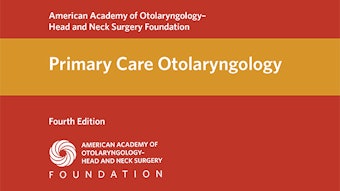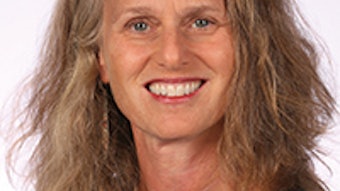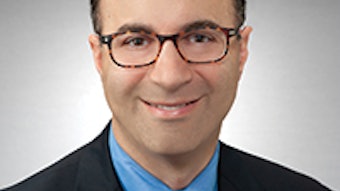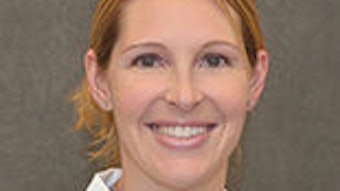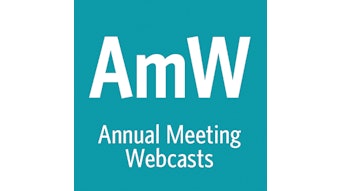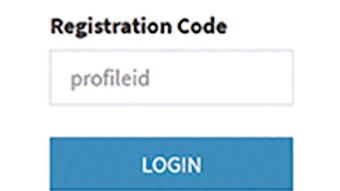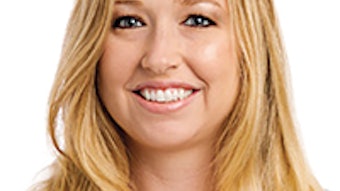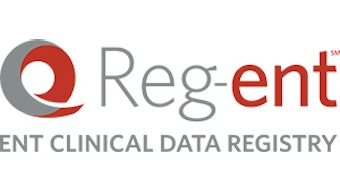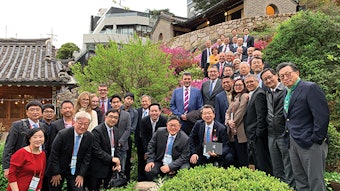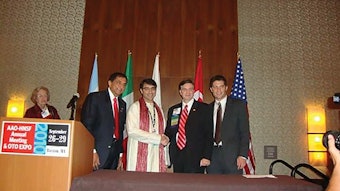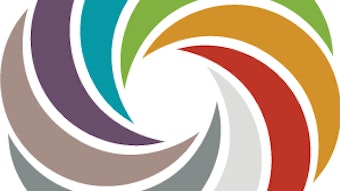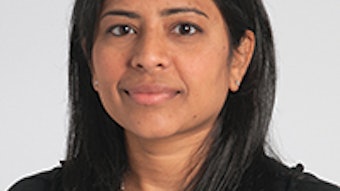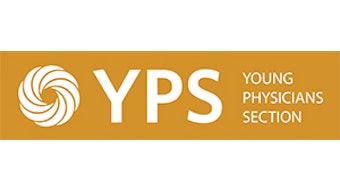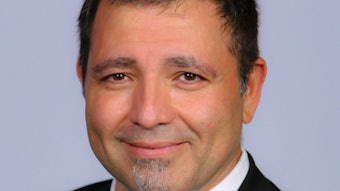Roadmap for education
Thirty-seven years ago, New Orleans hosted the first Annual Meeting of the newly formed American Academy of Otolaryngology–Head and Neck Surgery. Medicine has changed a great deal since that hallmark meeting, but the educational mission that led the former American Academy of Otolaryngology and American Council of Otolaryngology to merge remains alive and well at your current day AAO-HNS/F.
 James C. Denneny III, MD, AAO-HNS/F EVP/CEO
James C. Denneny III, MD, AAO-HNS/F EVP/CEO
Much has changed since 1982, but like our predecessors, we are embracing technology’s role in physician and patient education. Rapidly advancing technology is altering the way education is developed and delivered to healthcare providers and their patients. We are more accurately able to determine educational needs and gaps, both individually and as a group. Our goal is to deliver the content our members want when and where they want it, in the format they choose, and through the device they prefer. Streamlining their education and research needs will also improve their practice logistics. This will lead to customized, collaborative content that will satisfy multiple needs, including CME, continuing certification, licensure, and privileging requirements with a single product. Simulation technology is rapidly advancing and will be used for both training and assessment in the future. Imagine being able to routinely “practice” difficult procedures through simulation on a model with all the nuances you will face with your actual patient during the actual operation.
“Our goal is to deliver the content our members want when and where they want it, in the format they choose, and through the device they prefer.”
Our Task Force on the Future of Education has recommended a course that will take us in that direction over the next five years. The Home Study Course, a mainstay of our education program for over three decades, will be transitioning from its current model to a more timely, responsive, and interactive educational tool beginning in the summer of 2020. That is just one of several planned changes for the rebranded education portfolio. Please keep in mind that the comprehensive education offerings are made possible by the tremendous work done by the volunteer members of our education committees and our staff.
In addition to the news on the education front, the Foundation has identified a long-term partner to work with us to ensure Reg-entSM, our clinical data registry, reaches its full potential as we move into Phase II. This agreement will ensure the long-term financial viability of the registry in addition to providing us the resources to accomplish our goals. As new devices, pharma products, data sources, and treatments come online, it is incumbent on us to demonstrate value and efficacy accurately in a rapidly changing landscape. Through the de-identified data accumulated through the records of thousands of providers, both in academic and private practice, we are in a position to develop “real-world evidence,” allowing us to assess comparative outcomes both retrospectively and prospectively; define “best care paradigms” for the diseases otolaryngologists care for; integrate patient-reported outcomes, hospital, ASC, and payer data; carry out clinical trials; identify gaps in care; and design performance improvement activities. Additionally, the information derived from this data aggregation will allow a customizable care plan specific to individual patients and their needs that also predicts treatment progress and facilitates early alteration of treatment plans experiencing suboptimal results.
There have been a significant number of memorable moments and accomplishments since last year’s Annual Meeting, in great part due to the outstanding leadership of your president, Albert L. Merati, MD. It is been my honor and pleasure to work with him over the last year and observe his approach to situations in his ability to be a “convener.” His contribution to our member engagement initiative has been transformative. On behalf of the membership and staff, I thank him for his selfless contributions this year.
